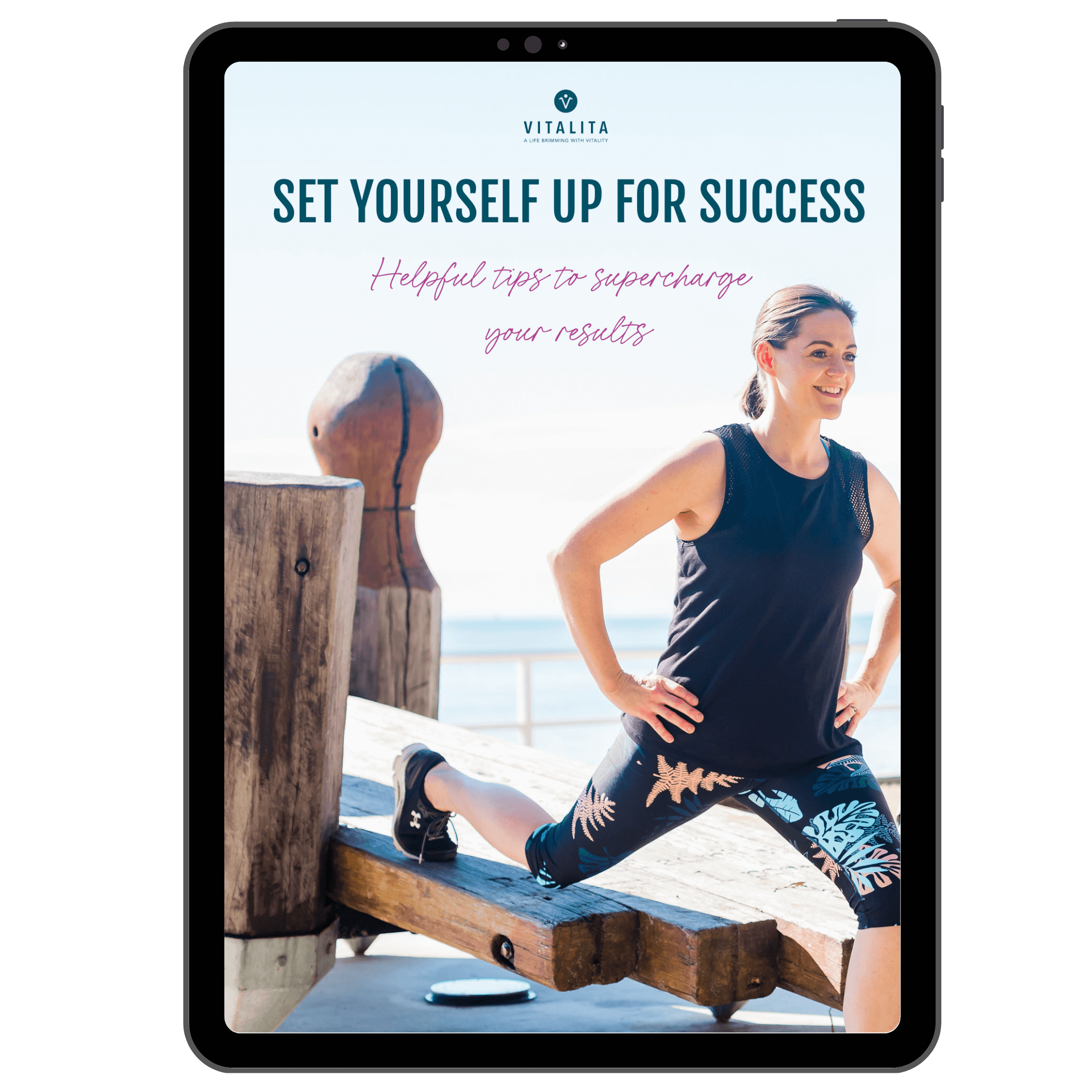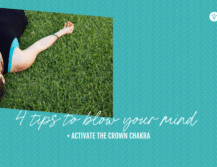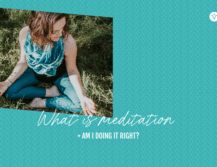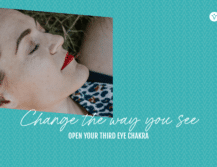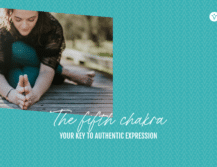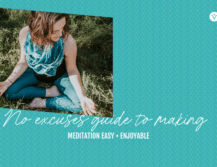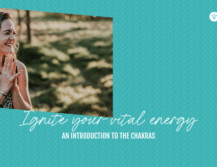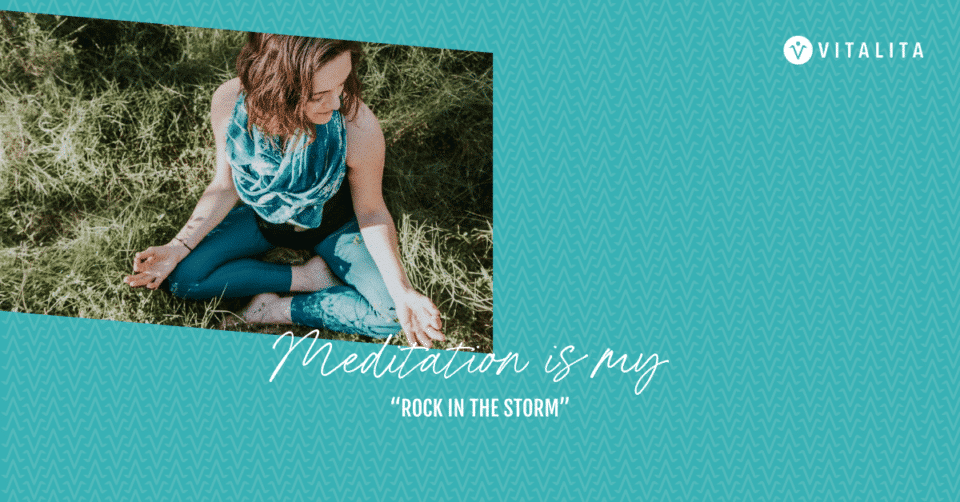
Meditation is for everyone but, in my experience, there is one group of people who really reap the benefits of meditation.
Type A, high achiever, over achiever, perfectionist, workaholic. Whatever you call them, these highly-ambitious individuals need to learn how to slow down and chill out.
Type A (adj.)
A pattern of behaviour characterised by competitiveness, a sense of urgency, impatience, perfectionism, and assertiveness, and possibly associated with an increased risk of heart disease.
Source: Dictionary.com
Yikes! Yep, the term was first used by two cardiologists in the 1950s who indicated that Type A personalities had a greater chance of developing coronary heart disease.
I am your typical Type A, and these tendencies have led me to where I am today.
I was a curious but highly-strung child who never quite fit in so I think, on some level, I’ve always been searching for answers… just like the storybook character, Curious George. However, 12 years of Catholic education provides very narrow parameters for exploration so I turned to academic, analytical pursuits for answers: journalism, law, history and the arts.
It wasn’t until I graduated from university that I came across meditation, completely by chance
At the age of 22, I spent some time in Sri Lanka on my way to the UK. One afternoon I found myself alone in a cave with a Buddhist monk who introduced me to the practice of mindfulness (such a cliché, I know). Although I don’t remember the techniques, I do remember the profound sense of peace and calm that descended over my body and mind. Almost as if I’d been taken off the boil. Vowing to learn more about the practice, I left with the address of a meditation centre in East London.
I hopped off the plane amidst a tube strike and was swept up in London’s frenetic energy. Over the next eight years, I gorged myself on the delights of the city, creating a life, a community and a career in the arts that I genuinely loved. I never made it to the meditation centre.
Life was good, until the financial crisis hit
As we grew weary of redundancies, funding cuts and government bailouts, the collective mood became as dreary as the weather. Endeavouring to “recession-proof” my career, I joined a global consulting firm. The hours were long, the pressure intense, the organisation’s values so different to my own. On the outside, I appeared successful; a high achiever, propelled by masculine, yang energy. On the inside, I felt like a square peg in a round hole and I was miserable.
The unsettling thing is that my experience is not unique. You may even feel like I am describing a chapter of your life. When you’re in a situation like this it can be difficult to see a way out.
Meditation is my rock in the storm
Each will be like a hiding place from the wind, a shelter from the storm, like streams of water in a dry place, like the shade of a great rock in a weary land – Isaiah 32:2
Having attended yoga classes on and off for several years, I had some understanding of the benefits of mindfulness meditation. But my schedule wouldn’t allow me to commit to a meditation class, let alone a course. I needed something I could do anywhere, anytime, so I downloaded a mindfulness app, and then another, and another.
Twelve apps later…
Guided meditation became my companion on the train, in the office, at home. Meditation didn’t eliminate the source of my stress but it did provide a much-needed time out. Those moments of solace provided comfort as my anxiety escalated and panic attacks culminated in an extended period of absence during which I sunk into the darkness of depression.
You can read more about my experience in Breakdown to Breakthrough.
It’s been six years since I downloaded that first app and this largely solitary journey of healing and self-discovery hasn’t been easy
Meditation apps can be valuable, particularly when you’re getting started but they can become a crutch and, for a long time I believed I couldn’t meditate without a guide. Working with a teacher helped me overcome this obstacle, equipping me with the skills and confidence to meditate on my own. Most importantly, I learned that there is no right or wrong way to meditate.
But even though I know 10-20 minutes of mindfulness has a significant impact on my life, I struggle with consistency. My mind comes up with endless excuses: I don’t have time, my mind is too busy, there are other people around, it’s noisy, it’s late. Blah blah blah…
I wish someone had told me earlier that meditation doesn’t need to be easy or enjoyable. Those are arbitrary, meaningless labels. I just have to sit in stillness and in silence and trust in the power of the practice.
At its core, meditation is a journey of remembering
When I sit, I am reminded that…
beneath the chaos, fear, doubt and uncertainty lies a pure, natural state of peace that is accessible to me anywhere, anytime.
When I sit, I am reminded that…
I can choose how I react to my internal and external circumstances.
When I sit, I am reminded that…
I am already perfect, exactly as I am. There is nothing to achieve, nothing to prove, nothing to control.
For this Type A in recovery, these discoveries have been both confronting and a relief.
Meditation isn’t a cure and it isn’t the only tool I use to manage my day-to-day experience of anxiety and depression, but it is the most valuable and most versatile tool in my survival kit. Even the smallest effort brings me back to that innate sense of spaciousness and ease. Yet it doesn’t cost anything and doesn’t have negative side effects.
Being able to share these teachings is a privilege and I would love to hear from you about where you are on your journey and what you’re hoping to achieve or discover through this practice.
– Georgina –
